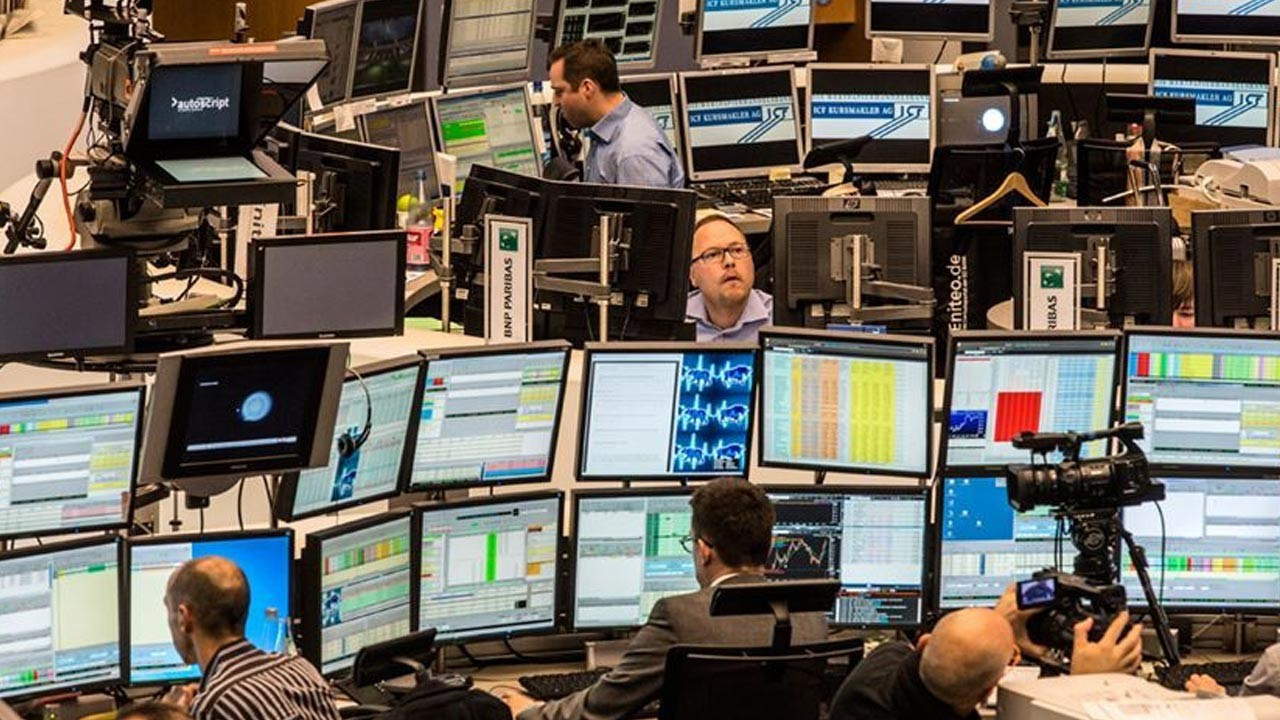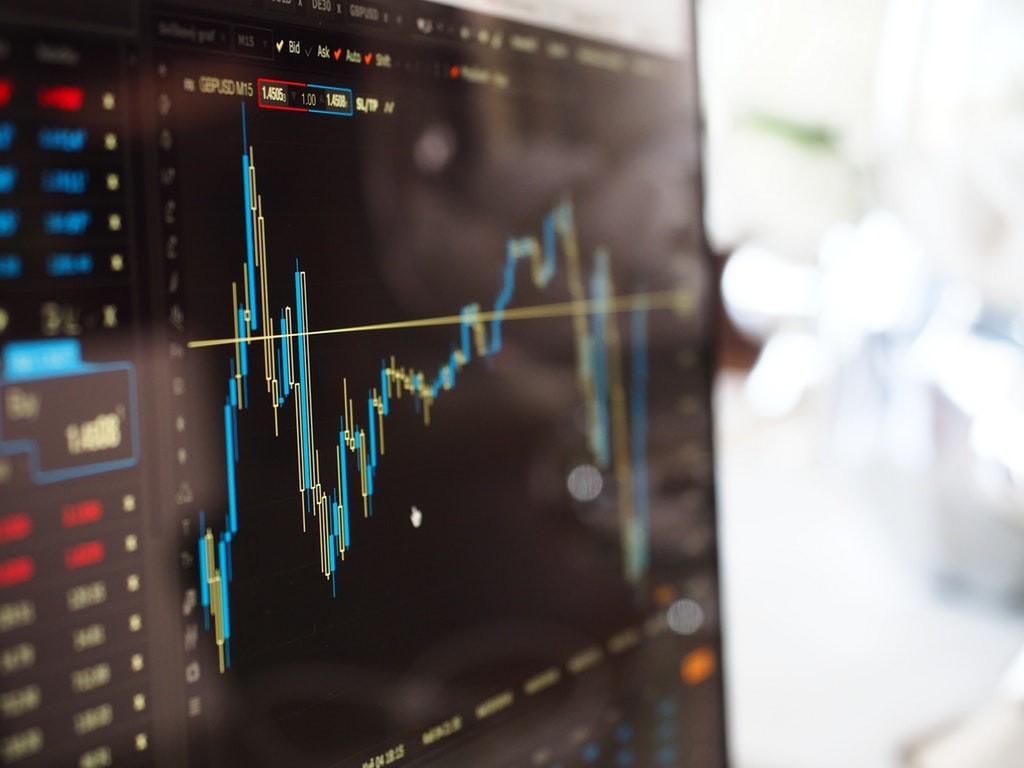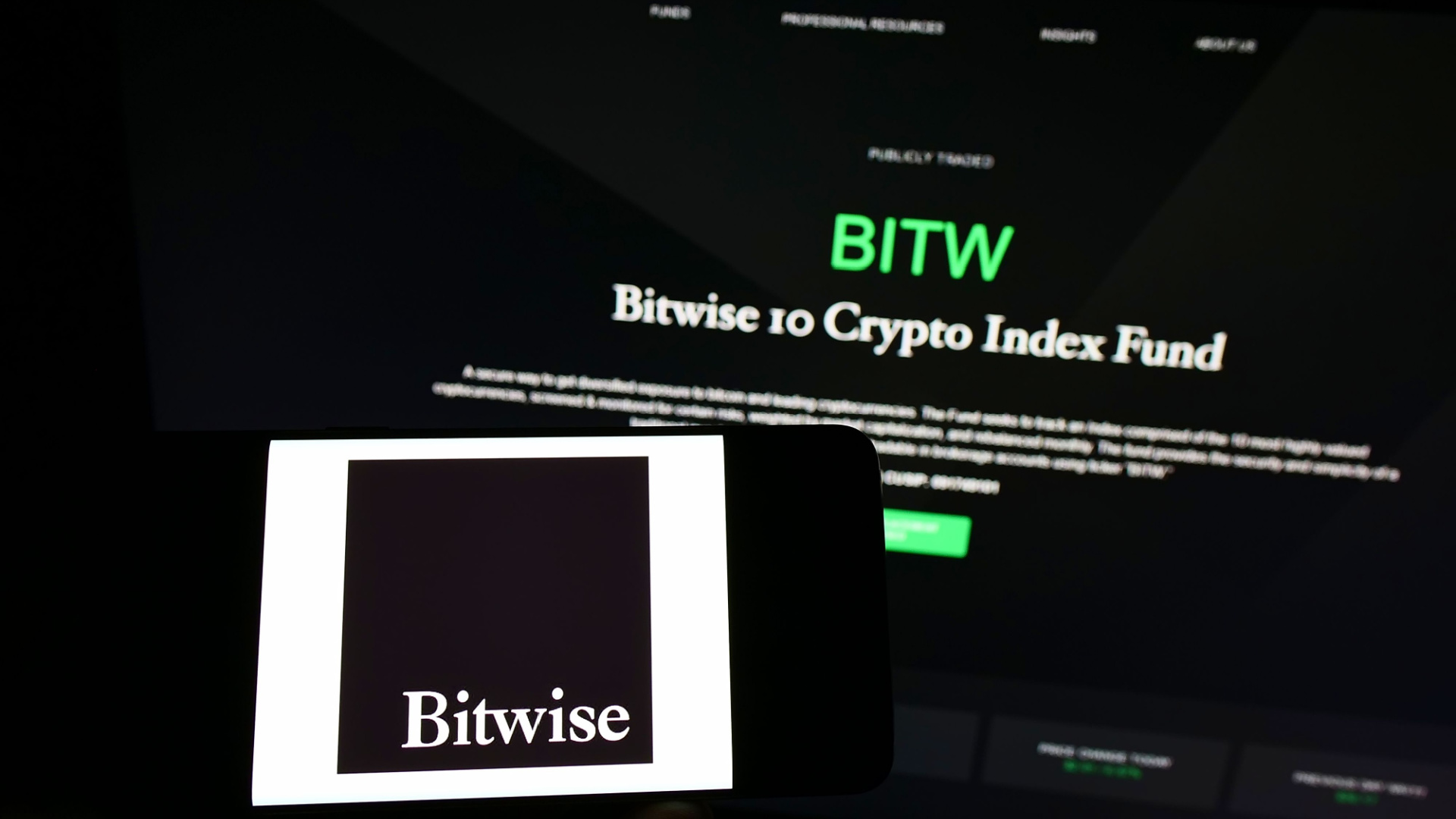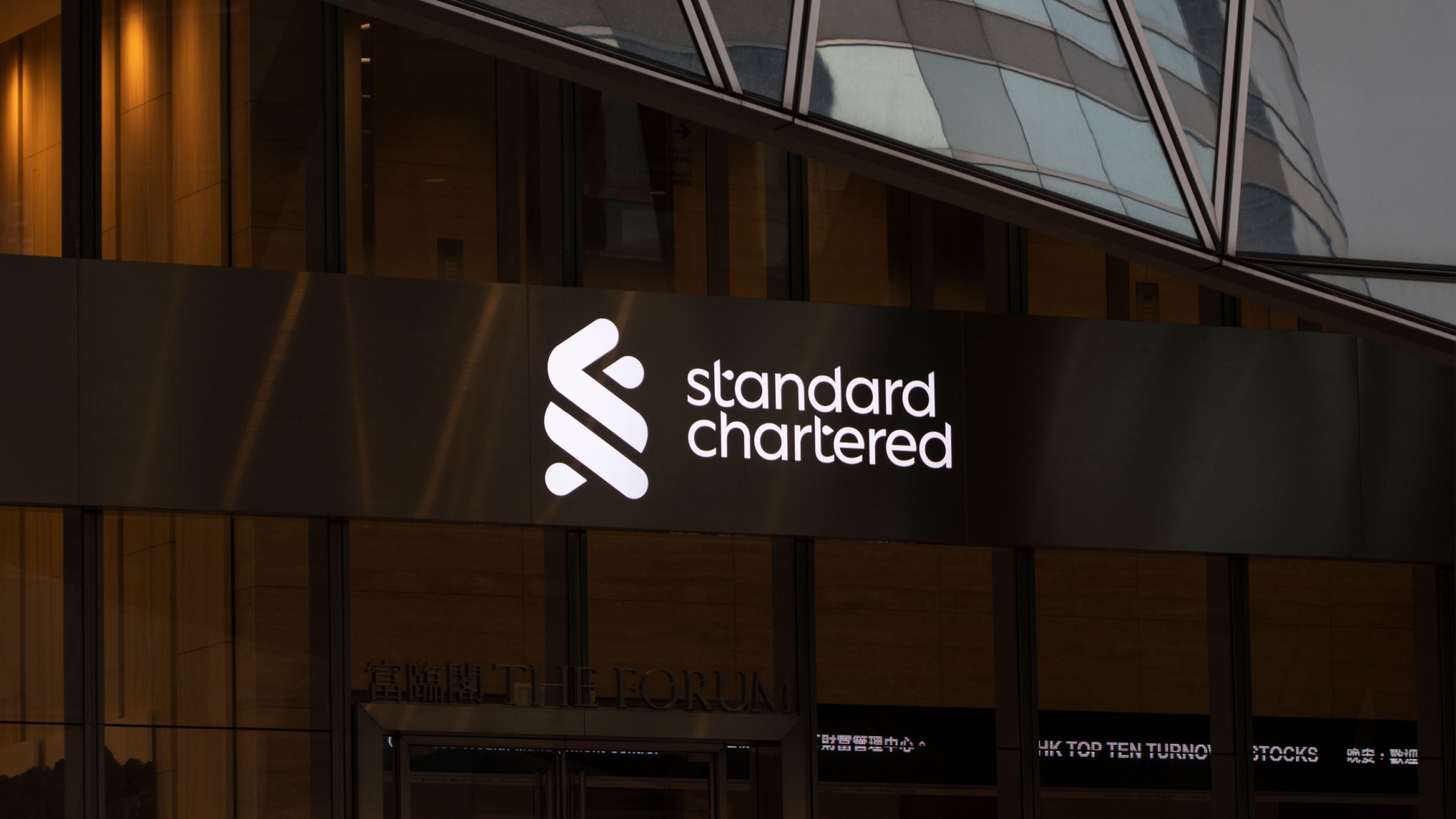
Bitcoin Volatility: Why Does It Never End? Experts Explain


The volatility of Bitcoin continues to remain high even as the S&P 500’s “fear index” VIX has decreased but remains at elevated levels. As investors investigate the reasons behind this situation, experts emphasize the impact of automatic liquidation (ADL) risks and declining market liquidity. Following a sharp decline in October, Bitcoin (BTC) has been attempting to stabilize around the $100,000 level, yet the volatility indicator continues to stay elevated.
The BVIV index from Volmex Finance surged from 40% to 60% during the crash on October 10 and is still hovering above 50%. In contrast, the VIX index of the S&P 500 has declined from 29 to below 20, returning to normal levels. Experts believe this divergence is due to investors pricing in new risks emerging in the crypto market. Yoann Turpin, co-founder of Wintermute, stated, "Markets had long been accustomed to low volatility, but the effects of risks such as automatic liquidation (ADL) were underestimated. Now these risks are fully reflected in prices."
Automatic liquidation and liquidity pressure continue to feed Bitcoin's volatility. During the sharp drop on October 10, many exchanges, including Hyperliquid, activated their automatic liquidation mechanism, forcibly closing leveraged positions. This incident ingrained the previously unnoticed ADL risk in the minds of investors. According to Turpin, as long as Bitcoin does not break the $100,000–$125,000 range, volatility may remain at these levels.
On the liquidity side, the picture appears fragile. Jimmy Yang, co-founder of Orbit Markets, emphasized that liquidity squeezes on major platforms like Binance have increased price volatility. Similarly, Griffin Ardern, an analyst at BloFin Research, noted that interest rate hikes in the Hong Kong dollar and a strong DXY index have tightened global dollar liquidity, which is one of the factors increasing Bitcoin's volatility.
Benzer Haberler
.png)
Yakında Tüm Platformlarda
Sizlere kesintisiz haber ve analizi en hızlı şekilde ulaştırmak için. Yakında tüm platformlarda...









.png)